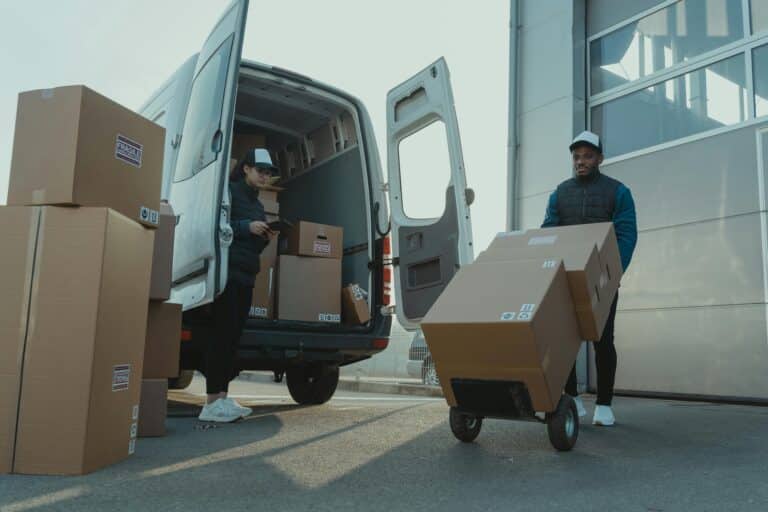Sipping your latte from that single-use cup may seem harmless, but the climate impact of these sneaky polluters is pretty steep! From polystyrene foam cups taking up a third of landfill space to paper cups masquerading as eco-friendly while secretly leaching microplastics, our caffeine fix is contributing to more than just energy boosts. So, let’s make it a trend to BYOC (Bring Your Own Cup) to the coffee shop, because even though reusable options have their own impacts, they’re still the reigning queens of environmental responsibility.
Are we brewing up an environmental catastrophe?
Ever grabbed a quick latte on the go? You’re not alone. Millions of us relish an out-of-office coffee treat. But that coffee-to-go? It’s typically served in a disposable cup. Once we’ve emptied it, out it goes, often without a second thought to its environmental impact. But we need to consider what happens next.
The Disposable Cup Dilemma
So, what’s the real impact of that throw-away cup?
According to a 2022 report on coffee cup waste, a disposable cup’s lifecycle—from material extraction to production and transportation—requires considerable energy, contributing to environmental degradation. But it doesn’t stop there: these cups can also release pollutants into the air.
Styrofoam Cups: A Hot Debate
The first disposable cup was made from paper. But when polystyrene foam was invented in the 1960s, coffee shops began using it to keep beverages hotter for longer. Today, the US produces about 3m tons of polystyrene every year. And unfortunately, a lot of it ends up in the trash, taking up to 500 years to break down.
Plastic Cups: A Sticky Situation
While not as commonly used for hot beverages, plastic cups are widely tossed out across the country. Plastics “do not biodegrade and can remain in the environment for hundreds of years, breaking down into microplastics that harm ecosystems and wildlife,” according to the Plastic Oceans organization. That’s why some places, like the EU and England, have banned single-use plastic plates and cutlery.
Paper Cups: Not-So-Clean
Paper cups might seem like a greener alternative, but a 2023 study found that they can be just as toxic as plastic once discarded. This is due in part to the plastic lining in many paper cups, which makes them difficult to recycle and can result in the release of microplastics.
The Future of Coffee Cups
Efforts by companies to reduce the use of single-use coffee cups are important, but they’re just one piece of the puzzle. A broader rethink of our consumption and waste systems is needed. To make a real difference, we need to consider the full lifecycle of a product, from “cradle to grave.”
Whenever possible, reusable cups are the way to go. Yes, they need to be made and washed, but a reusable cup only needs to be used between 20 and 100 times to offset the emissions produced to make it. So, let’s make that coffee run a little greener.





